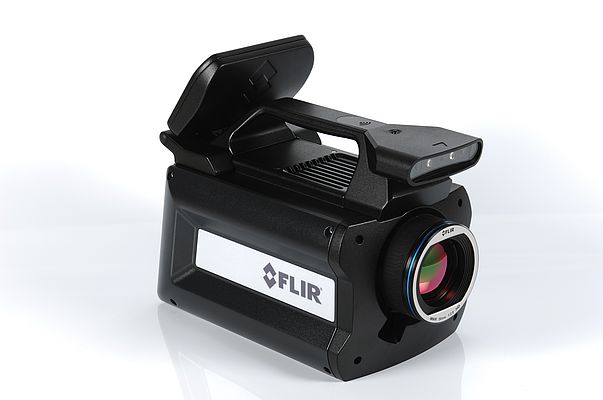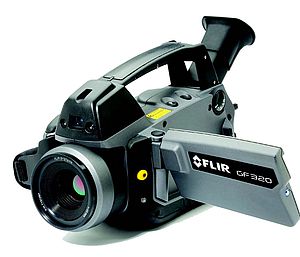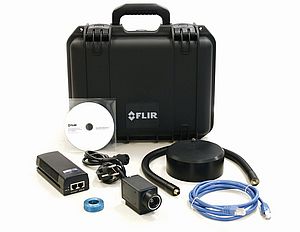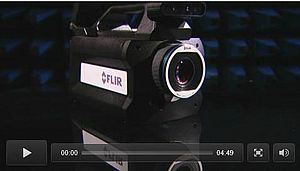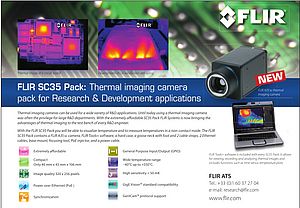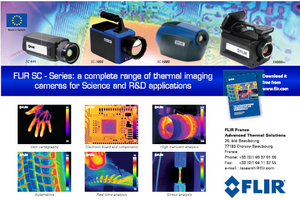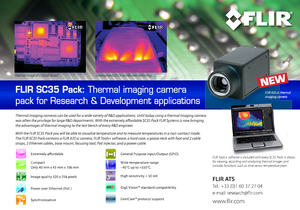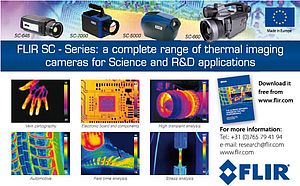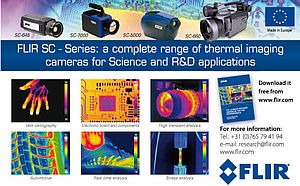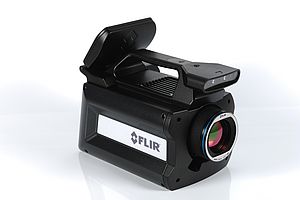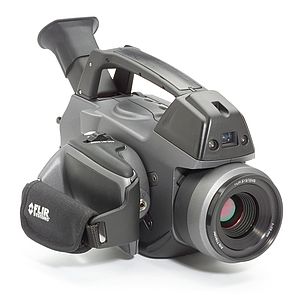Combining high performance thermal measurement with advanced connectivity, FLIR Systems’ SC8400/SC8500 series thermal imaging cameras are equipped with a cooled InSb detector that produces 1280x1240 pixel images. They can detect temperature differences smaller than 25mK (18mK typical). Using the company’s proprietary “lock-in” facility, process temperature differences <1mK can be clearly visible. Temperatures up to 3000°C can be measured with an accuracy ±1°C or ±1%. Both camera series deliver images at speeds up to 3000Hz, while the frame rates are adjustable up to 100 Hz for SC8400 series and 125 Hz for SC6500 series. Windowing allows a subset of the total image to be selectively read out with adjustable window size. The sub-sample windows can be arbitrarily chosen and are easily defined. The cameras integrate an advanced high performance optical design with lens recognition and automatic measurement adjustments. A temperature probe in the lens assembly provides leading-edge measurement accuracy and drift compensation. A choice of lenses is available. Connectivity options include Gigabit Ethernet, Camera Link as well as 1080p and Wi-Fi compatible DVI-output. Standard BNC connectors are included for such features as detector synchronization, acquisition triggering, analog lock-in input and composite video output. Commonly used camera configurations can be saved to the micro SD-card. The touch screen LCD can be removed from the camera when space is at a premium. An integral LED light on the camera ensures clear visual images even in dark environments. The visual image can be used as a reference against the thermal image.


